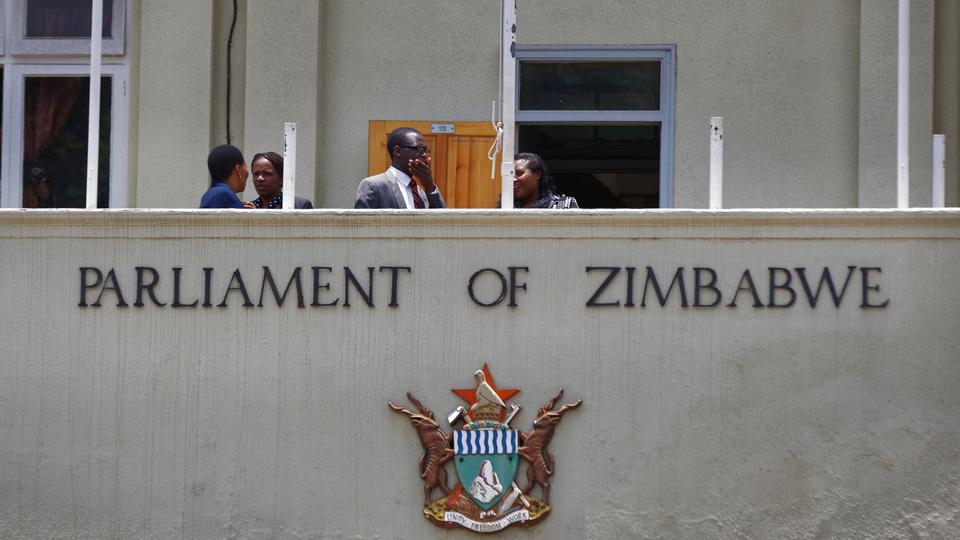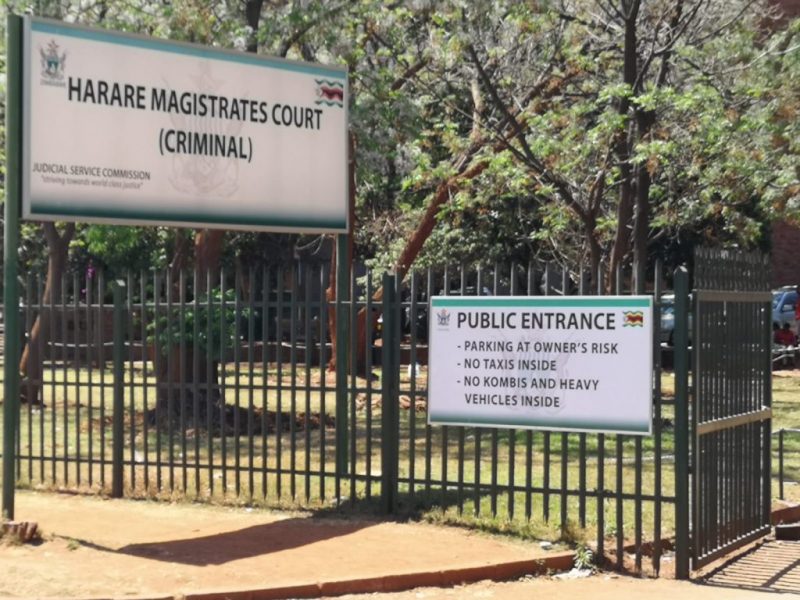
ZIMBABWE faces the risk of a grave solvency crisis after government experienced a budget overrun of $2,4 billion and a staggering budget deficit of $2,6 billion in 2017, about 59% in excess of actual revenue receipted.
BY TATIRA ZWINOIRA
Treasury’s consolidated statement of financial performance for the period ended December 31, 2017 shows that the fiscal deficit surged to 14,7% of gross domestic product (GDP) during the fiscal year from 8,75% in 2016 and just 2,4% in 2015.
In the 2017 national budget, government had committed to cutting the ratio of the budget deficit to GDP by half to progressively bring it in line with international best practices of no more than 2,5% of GDP. The initial deficit margin was just $352,98 million.
The ratio of the fiscal deficit-to-GDP shows the amount of money that has had to be borrowed to finance the deficit, the size of public debt burden created and the ratio of future national income will go towards debt servicing costs. For fiscal sustainability, future fiscal revenue has to rise substantially higher in the future.
However, revenue has been on a downtrend since 2015, a sign that the public debt burden will actually increase in the future.
In 2016, revenue fell 6%. In 2017, government surpassed its revenue target by a marginal 5%, collecting $3,9 billion instead of $3,7 billion.
The rapid growth in fiscal deficits is estimated to have driven public domestic debt beyond $5 billion, about 30% of GDP, by the end of 2017 from $4 billion, almost 25% of GDP, at the end of 2016. This debt level is way above international standards.
- Chamisa under fire over US$120K donation
- Mavhunga puts DeMbare into Chibuku quarterfinals
- Pension funds bet on Cabora Bassa oilfields
- Councils defy govt fire tender directive
Keep Reading
According to the consolidated statement of financial performance, the fiscal deficit was mainly driven by increases in government’s recurrent and capital expenditure.
Government’s recurrent expenditure grew 31% over-budget to $4,67 billion at the end of the December 2017 from an initial budgeted $3,57 billion for the 2017 fiscal year.
Capital expenditure also grew 291% over-budget to $1,81 billion against the budgeted $464,47 million for the period under review.
The rise in government’s recurrent expenditure was mainly attributed to goods and services which rose 188% over-budget to $803,28 million from a budgeted $278,94 million, followed by employment costs with an overrun of 16% ($2,93 billion) over the initial budget of $415,14 million.
The figures show that the public wage bill remains a very high cost for government.
Current transfers went over budget by 21% to $724,26 million from a budgeted $598,32 million.
The interest on debt grew 16% to $208,05 million against a budgeted $180 million, showing government was still lagging behind in meeting its total debt obligations estimated at around $13 billion.
The rise in the capital expenditure was mainly due capital transfers which grew 427% over budget to $1,27 billion from an initial budgeted $241,49 million.
Government has in the past been accused of having a high appetite for spending with these numbers agreeing with that sentiment.











